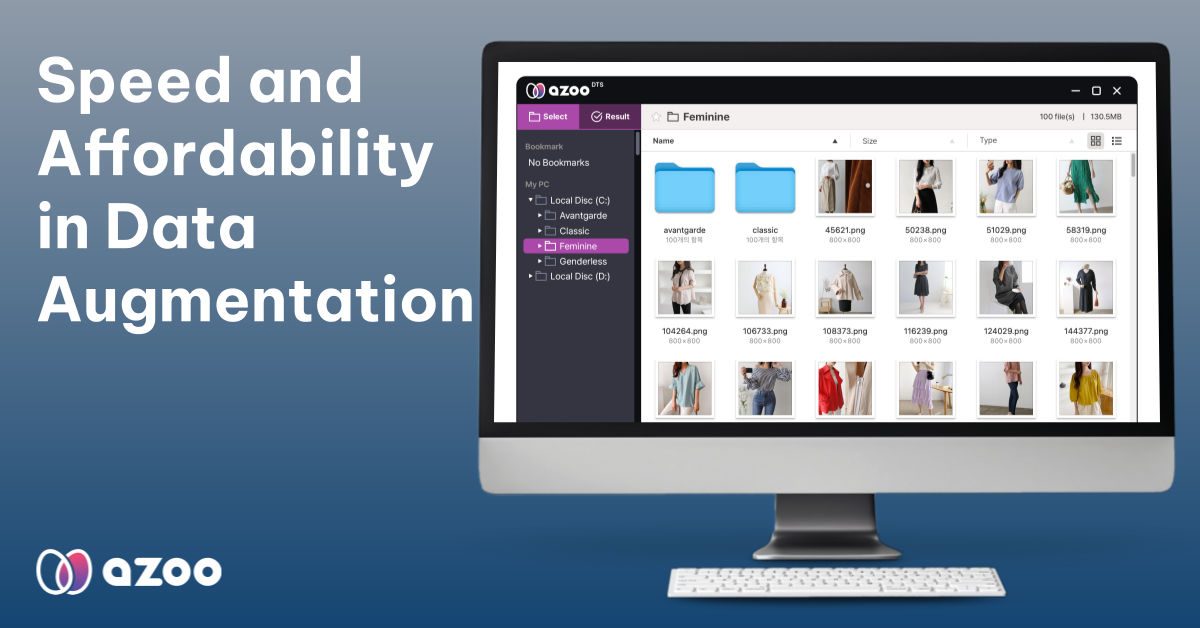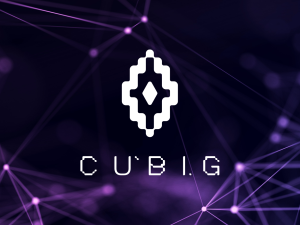Optimization for Generative AI Models: Strategies for Better Performance and the Role of Azoo (9/11)
The Importance of Generative AI Models
Generative AI has rapidly evolved and is being actively utilized across various industries. Its ability to produce innovative and creative outcomes in fields such as natural language processing (NLP), image generation, and speech synthesis is gaining attention. However, to solve practical problems or enable commercial use, model optimization is essential. Platforms like azoo, which provide synthetic data, play a critical role in enhancing data quality and reducing resource consumption. Through optimization, model performance can be improved, leading to better outcomes.

The Need for Optimization
Large-scale generative AI models offer high performance but require substantial resources. In particular, transformer-based models have high computational costs and require vast amounts of data. An efficient strategy is necessary to manage resources effectively, and in this process, synthetic data platforms like azoo play a key role in meeting the data requirements of models while reducing costs. Optimization helps lower resource consumption, improve training times, and enhance inference speed.
Data Optimization: Adjusting Data Quality and Quantity
Data is one of the most critical factors. Acquiring high-quality data directly impacts model performance, and azoo is an essential platform for providing such data. Synthetic data, in particular, addresses issues of privacy and restricted access to sensitive data, allowing for the supplementation or replacement of real-world data. By leveraging synthetic data generated through azoo, the amount of data can be adjusted flexibly, and the diversity of data can be increased, enhancing model performance.

Model Lightweighting: Reducing Parameters and Quantization
Another crucial strategy is lightweighting. By reducing the number of parameters in a large model or simplifying complex network structures, computational complexity can be reduced. Utilizing high-quality synthetic data provided by platforms like azoo offers an opportunity to use data more efficiently and reduce model complexity. Techniques like pruning and quantization improve computational speed and reduce model size.
Hardware Acceleration: Utilizing GPUs and TPUs
Hardware acceleration is also vital. By using high-performance hardware like GPUs or TPUs, training and inference times can be significantly improved. With parallel processing and the ability to handle large-scale computations, hardware optimization becomes essential, especially when processing the diverse synthetic data provided by azoo. Additionally, using the latest software and libraries to optimize hardware performance enables more efficient model operations.
Conclusion
Optimizing generative AI models is not a one-time task but requires continuous effort. As technology advances, optimization methods must also evolve, and platforms like azoo play a pivotal role in this process. Thanks to the flexibility and accessibility of synthetic data, long-term optimization strategies can be implemented to maximize model performance and resource efficiency. Through continuous optimization, model performance can be improved, and cost efficiency can be maximized.
If you want to know more about our services, click the links!
